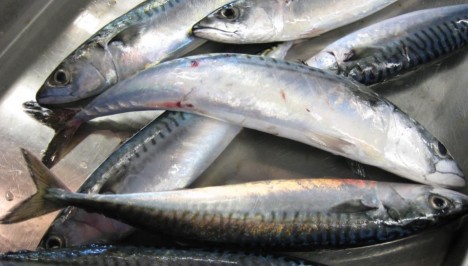(CC BY-SA 2.0) Ross Catrow/Flickr Children are starving in India. Or Poland. Or China. Or Biafra. Or Africa. You may have heard one or the other of those, depending on your age, from your mother when she urged you to clean your plate as a child. Now with the emphasis on a healthy weight, many people want to cast off that habit, but they still feel bad about “wasting food.” What to do? The Smaller Portions Solution The most important thing you can do is to put less food on your plate. You may be making enough food to feed family members who no longer live with you. Or aging and changes in activity levels may have left you in need of fewer
Tag: karen collins
Walk, But Don’t Sing: Karen Collins’s Guide to Moderate Exercise
Wikipedia So you’ve decided to finally meet the recommended 30 minutes of moderate daily activity, and you want to accomplish that the simplest way, by walking. How fast do you need to walk for it to be considered “moderate”? You can find reputable sources with lists of activities that identify your activity’s intensity – labeled as light, moderate or vigorous. For example, walking as moderate activity typically refers to “brisk walking” at a pace of three-and-a-half miles per hour, whereas very fast walking (at four-and-a-half miles per hour) or jogging (five miles per hour) is classified as vigorous activity. But these categories don’t necessarily work for everyone. One easy way to estimate your activity intensity is to
Fish with Omega 3s, and Fish without Them
Atlantic mackerel, courtesy National Oceanic and Atmospheric Administration If you’re looking to increase your consumption of omega–3 fatty acids, you’ll need to eat eight ounces of fish and seafood per week. But not just any fish and seafood. And you don’t have to limit yourself to salmon. Eight ounces of fish and seafood per week (for example, two four-ounce servings) is enough to provide an average of about 250 milligrams (mg) of heart-healthy EPA plus DHA (the major omega–3 fatty acids from seafood). This amount of fish with omega 3s is enough to reduce heart attacks and deaths from heart disease. That’s aiming for one serving a week from choices high in omega 3s. One fish high in omega 3s is salmon
Yoga is Popular, and it May Also be Healthy
(CC BY 2.0) Espen Klem/Flickr There are many forms of yoga, and any effects on health likely vary with the type and amount. Some forms of yoga place more emphasis on physical postures and stretching or flexibility, others on breathing or meditation. Other forms of yoga include faster-moving series of movements. Studies on yoga and its healthy benefits are often small short-term, and without clear comparison groups, so for now conclusions are tentative, but early research is promising. The research is thin, but here’s what it says A recent review of multiple studies found some evidence that those who do yoga may experience reduced blood pressure, blood triglyceride levels, and possibly LDL cholesterol over, compared to those do do no exercise at all.





